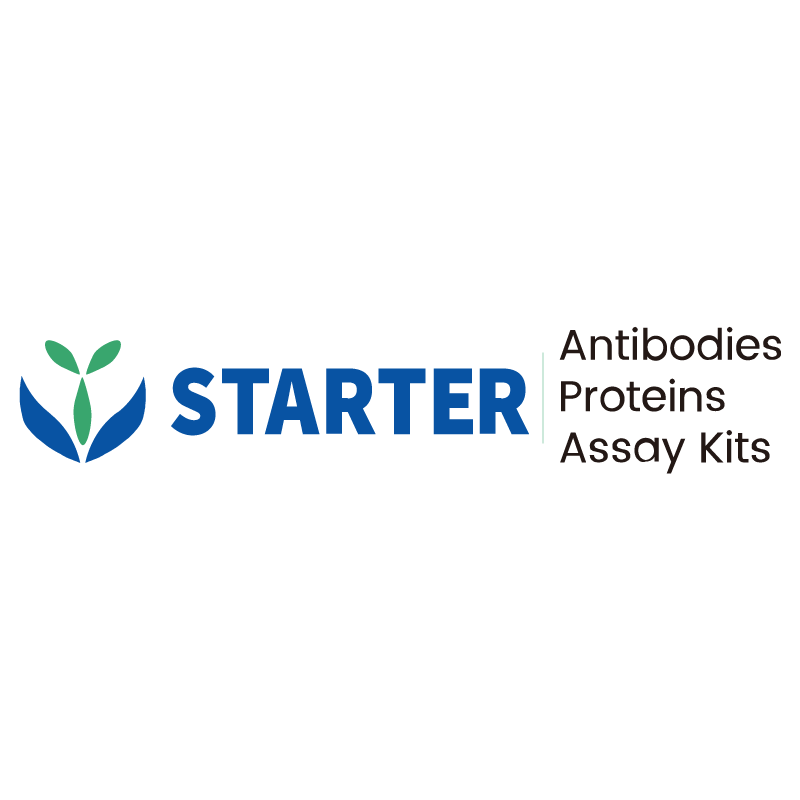Standard curve
Example of Rabbit IgM standard curve in Assay Diluent #10.
Product Details
Product Details
Product Specification
| Antigen | IgM |
| Immunogen | Recombinant Protein |
| Antibody Type | Recombinant mAb |
| Reactivity | Rb |
| Purification | Protein A |
| Stability & Storage | 12 months from date of receipt / reconstitution, 2 to 8'C as supplied. |
Kit
| Precision | Intra-assay: 3.9%; Inter-assay: 5.7% |
| Sample type | Cell culture supernatant |
| Assay type | Sandwich (quantitative) |
| Sensitivity | 0.097 ng/mL |
| Range | 3.13 ng/mL – 200 ng/mL |
| Recovery | Cell culture supernatant: 92% |
| Assay time | 60 minutes |
Background
Rabbit IgM is a pentameric glycoprotein (approximately 970 kDa, with 10 antigen-binding sites and stabilized by the J chain) that plays a critical role in the humoral immune response of rabbits. As the primary antibody produced during initial immune responses, it functions as a key first responder by binding and neutralizing multivalent antigens, efficiently activating the complement system, promoting phagocytosis, and agglutinating pathogens. Compared to IgG, rabbit IgM exhibits distinct characteristics, including a shorter half-life and limited tissue penetration. Due to its functional properties, it holds significant value in research applications such as antibody production, diagnostic methods including blood typing and infection detection, and emerging therapeutic strategies.
Picture
Picture
ELISA
Linearity
The concentrations of Rabbit IgM were measured and interpolated from the target standard curves and corrected for sample dilution.
The sample is undiluted samples are as follows: supernatant of 293 cells transfected with Rabbit IgM plasmid was 400fold dilution. The interpolated dilution factor corrected values are plotted. The mean target concentration was determined to be 37282.05 ng/mL in transfected 293 cells supernatant.
To assess the linearity of the assay, sample was spiked with high concentrations of Rabbit IgM in various matrices and diluted with the appropriate Calibrator Diluent to produce samples with values within the dynamic range of the assay.
Protocol Diagram


